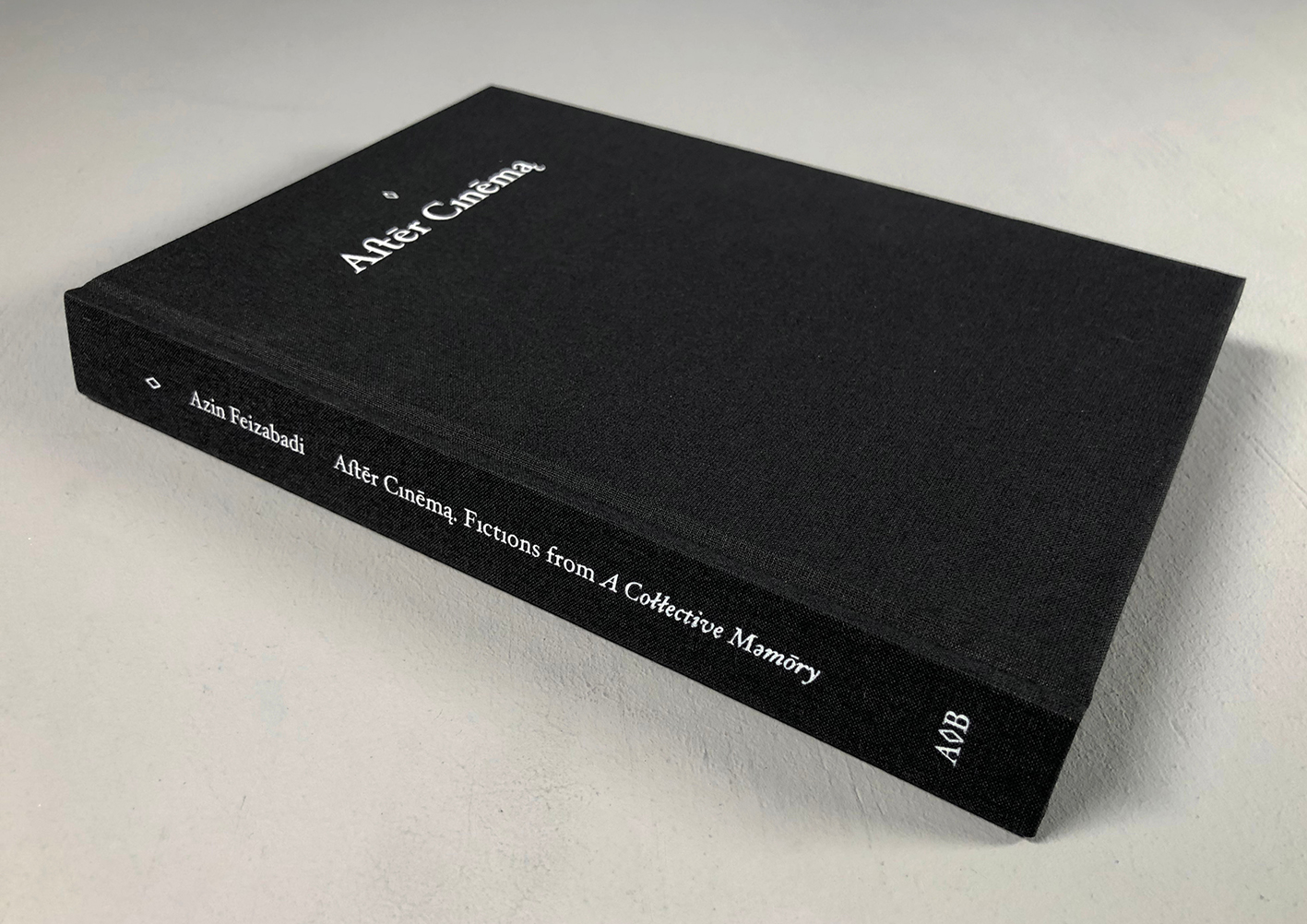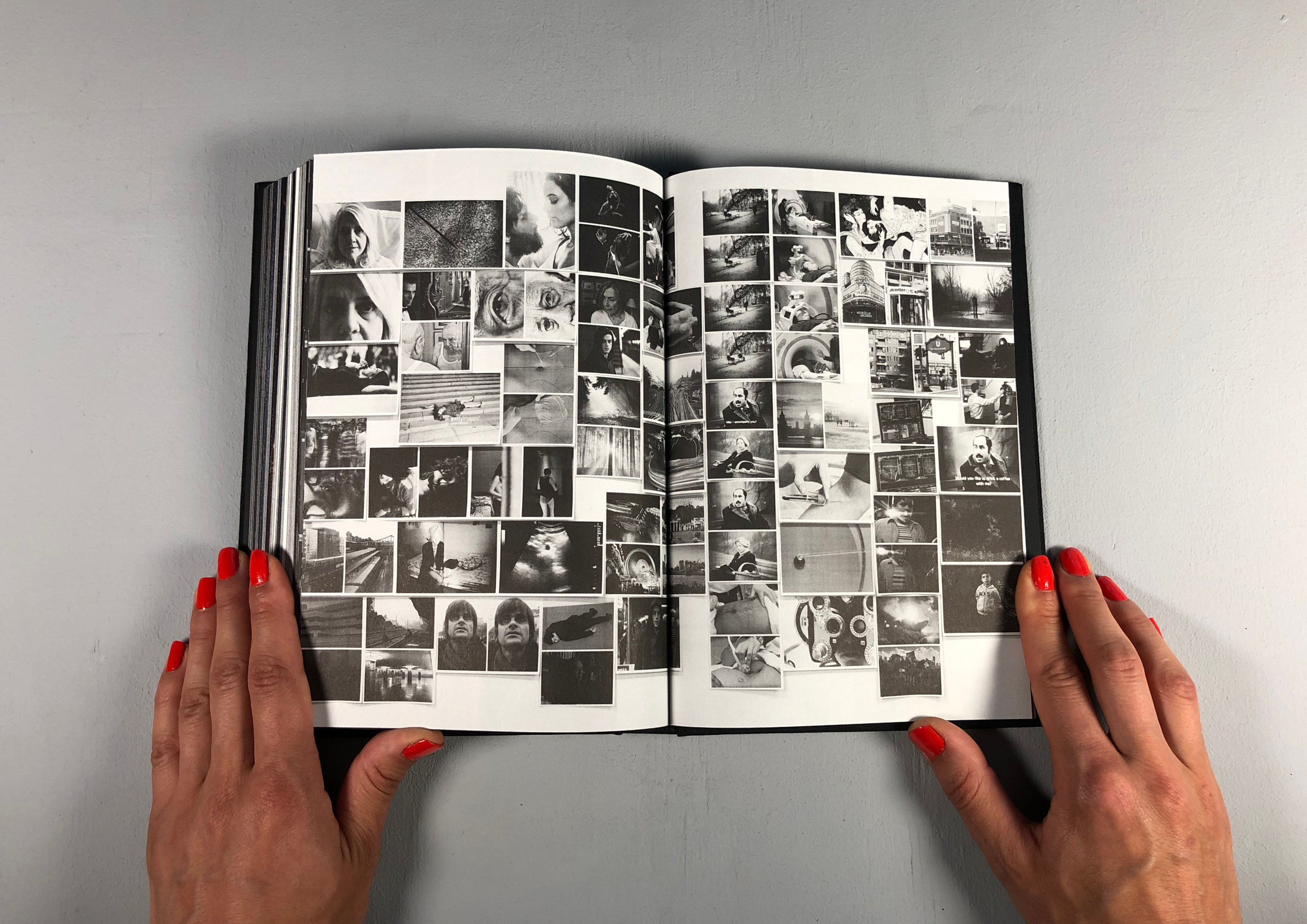






Excerpts from Afterword:
“Behind every book, there is a story. Some are simple, some are complex. In the case of this book, there are many ways of telling its story. I tried a few, and decided finally to give you this version: In the summer of 2009, I started a framework for an ongoing research I called A Collective Memory. Much more a result of coincidence than conscious planning, this book marks the ten-year anniversary of the project. ...
How to present A Collective Memory as a book? ... I wasn’t interested in simply showcasing my films ... Nor did I want to ask others to write about them ... It was important for me to carry over the form and method of the films into a framework for reading. How to imagine through my films? How to make these luminescent images into a collective memory? What stories could be further told? What happens after leaving the cinema? ...
A Collective Memory is a project that collects narratives, accumulating these to create a cinematic form. The experience of this form is an intimate one – we go to see a film, we sit in the dark, we share this moment with others, we are together, but we are also alone with our senses, with the images and stories that play out in front of our eyes, our perception re-attuning itself to the situations proposed. As we enter the story, the encounter yields varied responses: next to you, someone is asleep and might even be snoring, while another laughs or cries. The collectivity that takes shape here is one of the imagination, and as such it changes its form as it passes through different, individual viewers. Each person not only tries to follow and make sense of the film, but in doing so activates their own memories, contributing without intending to contribute to the greater moment of cinema. Perhaps it is in that brief moment after cinema that a collective memory reveals itself. ...
I approached a group of people who, in one way or another, have been part of the conversations that run throughout A Collective Memory. Whether as friends or colleagues, their presences in my life have contributed inspiration and challenge to my practice. Intimacy yields surprises. ...” – Azin Feizabadi